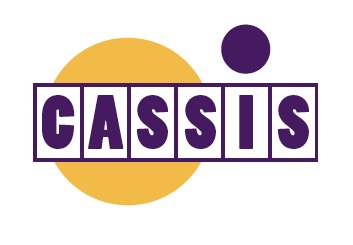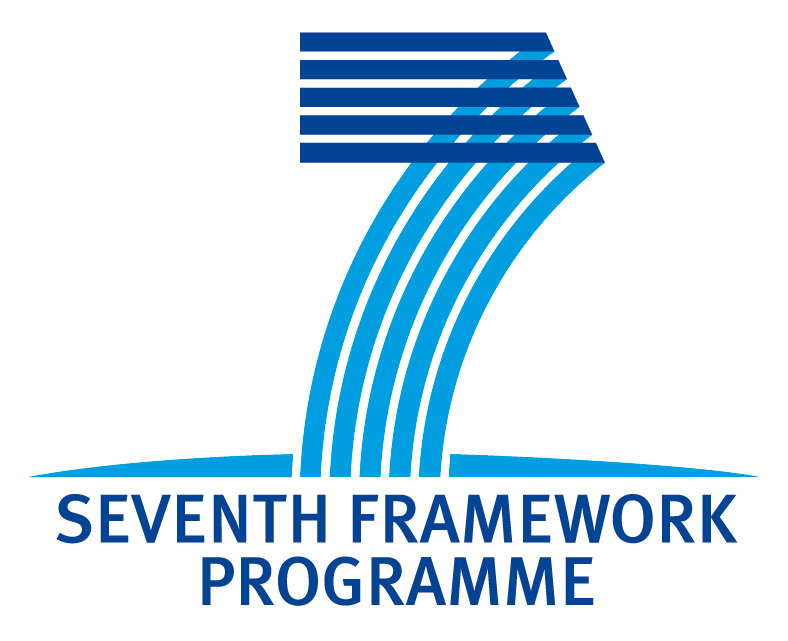Solar Orbiter is an ESA/NASA collaboration to send a combination of remote sensing and in-situ instruments to the inner heliosphere and explore the Sun and its environment.The 10 instruments onboard are supported by scientific communities that carry different heritage in data handling and usage. Interoperability of the data of the different instruments onboard Solar Orbiter is nevertheless essential: none of these instruments is conceptually new or better than what has been flown before. The uniqueness of the Solar Orbiter science is in the joint observations with a suite of instruments from a new perspective. Hence the non-expert use of the data coming from a variety of instruments will be typical for a mission like Solar Orbiter.
Also, the science phase of Solar Orbiter will begin in 2020, last for more than 10 years and undoubtedly its data will be analyzed years afterwards. Solar Orbiter needs thus a data infrastructure that will be used on time-scales larger than the present age of the Internet. Advanced data usage based on interoperability must thus be a design driver for the data provision. Modern data analysis requires joint visualization of various datasets and automated processing of a variety of data. For this, researchers are assisted by IT-developers to implement multi-instrument visualization tools and analysis tools. During such developments, one does not want to waste time to implement a large number of data file parsers. If data formats are standardized, only 1 parser is needed and this work becomes much more efficient.
For all these reasons, CASSIS choose the Solar Orbiter context to actively promote data interoperability:
- Various CASSIS presentations were given at high level (Science Working Team) meetings thereby convincing the decision makers of the importance of data interoperability
- through participation in various instrument teams, also the bottom-up approach was exercised by talking directly to the people working on the job
- the coordination between instruments (and with other missions and ground based instruments) was stimulated by setting up several dedicated splinter meetings
- the “Solar Orbiter Data Analysis Working Group” was created as a semi-permanent body for further coordination
Now that the CASSIS project has ended, we are confident that its legacy will carry on in the future data operations of projects like Solar Orbiter.



